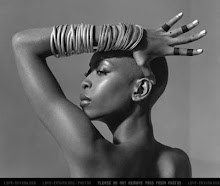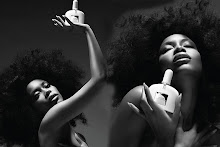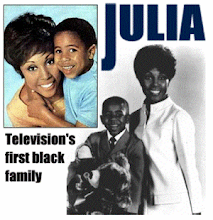
There are two types of chemical straighteners that dominate the hair market today. Sodium Hydroxide “Lye” perms and Guanidine hydroxide (also known as Lithium Hydroxide “No Lye” perms. With pH (potential hydrogen) levels between 12%-14%, sodium hydroxide is an extremely corrosive alkali chemical. Anything with a pH level higher that 7% is alkaline and anything below is acid- the lowest being 1% and highest being 14%. The FDA banned the use of more than 10% sodium hydroxide in it’s household cleaner liquids.
Guanidine hydroxide or “no lye” relaxers doesn’t imply that there aren’t any strong chemicals used or that chemicals used are somehow less potentially damaging. There is really no difference between the two. A lower pH level is only replaced by more acid causing the same damages to both the hair and scalp.
BOTH SH and GH have extremely high pH levels. BOTH immediately strip the hair of all it’s moisture, due to the fact that any retention of moisture would reduce the effectiveness of the relaxer.
..::put your thinking caps on::..
when you get your relaxer...ever notice:
-your stylist has to wear GLOVES in order to apply the relaxer;
-you can’t keep it in more than 5 minutes, otherwise it will burn AND scar;
-if your stylist is pregnant, she must wear a MASK to apply the relaxer;
-as the instructions state, you have to NEUTRALIZE your hair directly after washing it out
There are specific scientific reasons for ALL of the instructions.
Aside from the effects to the hair, these chemicals are absorbed through the skin into the tissues, cells and bloodstream. Just as there are drugs that absorb through the skin ie. niccotine patches, birth control etc, the relaxer is no exception. Relaxers aren’t drugs but the skin definitely absorbs everything. There are not only short term, but also long term harmful effects to the hair, skin, circulatory system.
For more information you can read this or visit this site or this site.
-Hotep SistaS





















































